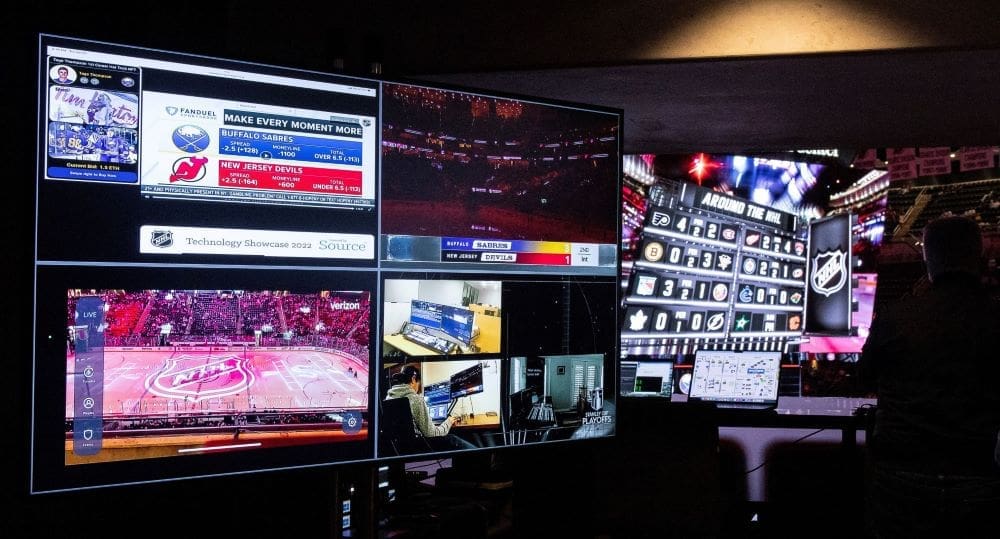
Challenge
The American Flag Football League (AFFL) wanted to create a product to capture the attention of not only NFL fans, but of people who simply love athleticism and competition. How can a flag football league compete with the NFL, a football league that has been in place for almost 100 years? Technology.
Flag football has typically been played by kids with Velcro flags. These flags were unreliable, and referees had no way of knowing when a player lost a flag. The game we’ve all seen or played at one time needed an upgrade.
Solution
The league tapped SMT, the company that invented the virtual first-down line and handles scoring and statistics for the NCAA men’s basketball tournament, Super Bowls, and the NHL Stanley Cup Playoffs. SMT was just the company to provide the technological advancements necessary to take this growing kid’s sport to the professional level.
It all started with the implementation of SMT’s patented OASIS Platform that tracks players’ performance, positional data and receiver routes. The data gathered by OASIS was the driving force behind nearly every aspect of the production.
The platform utilized the SMT e-flag that accurately tracked the on-field location and flag status of all AFFL players in real-time. SMT e-flags had a live, on-line, location-trackable and time-stamped, magnetic-sensor release mechanism that provided groundbreaking ball placement accuracy. Officials could be instantly notified when and where on the field a player had a flag pulled through a custom application designed specifically for them. SMT e-flags demonstrated a significant improvement in technological sophistication that revolutionized the game of flag football.
SMT provided the official Play Clock and Go Clock that were synchronized with the stadium’s ribbon boards to alert fans of game-relevant situations; for example, when a team could blitz or when a quarterback had to throw the ball to avoid an incomplete pass.
SMT’s clock-and-score technology is made available via its dual-channel SportsCG, a turnkey graphics publishing system that allows greater autonomy via a second channel laptop that can be operated remotely. In addition to producing the score bug, the SportsCG offers real-time, in-game offensive and defensive statistics powered by SMT QB Stats, the same system SMT uses for NCAA and NFL games.
Results
OASIS data was interfaced into broadcast graphics, including virtual Next Gen Stats route charts, virtual first-down lines and clock-and-score graphics, which were all designed by SMT’s Creative Studio. To accompany the graphics, SMT provided commentators with game data through video prompters and telestrators so they could better tell the story of the game.




